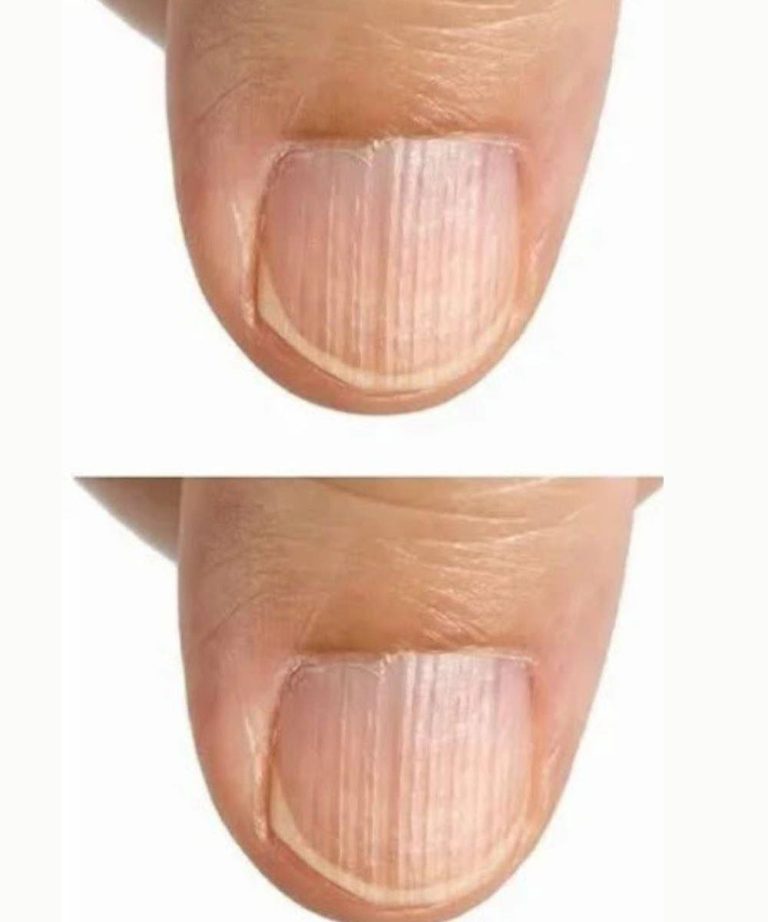Other nail changes to watch for after 60
In addition to ridges, aging nails may become:
Thicker or more brittle due to slower nail growth and decreased natural oils
Discolored (yellowing can be common but may also suggest fungal infection)
More prone to splitting if nails are often exposed to water or chemicals
Some changes are just cosmetic, while others may need medical attention. For example, nails that suddenly change color, lift from the nail bed, or develop painful ridges should always be checked by a healthcare provider.
How to care for ridged nails
Even if ridges are normal, you can take steps to keep your nails healthy and strong:
Moisturize daily – Use a nourishing hand cream or cuticle oil to prevent dryness.
Eat a balanced diet – Protein, biotin, zinc, and iron encourage strong nails.
Protect your nails – Wear gloves when cleaning or gardening.
Avoid harsh nail products – Acetone-based polish removers and strong chemicals can make ridges worse.
File carefully – Smooth the nail surface gently without over-buffing, which can thin the nail.
When to see a doctor
While vertical ridges are usually nothing to worry about, you should seek medical advice if you spot:
Horizontal ridges on multiple nails
Sudden changes in nail thickness, color, or shape
Pain, swelling, or redness around the nails
Nails separating from the nail bed
These symptoms can sometimes point to conditions like diabetes, heart disease, thyroid problems, or nutritional deficiencies.
Final thoughts
Ridges on your nails after 60 are often just another sign of aging, much like wrinkles or gray hair. Vertical ridges are popular and usually harmless, but horizontal ridges or sudden changes should not be neglected. By paying attention to your nails and practicing good care, you can keep both nail health and overall well-being.
